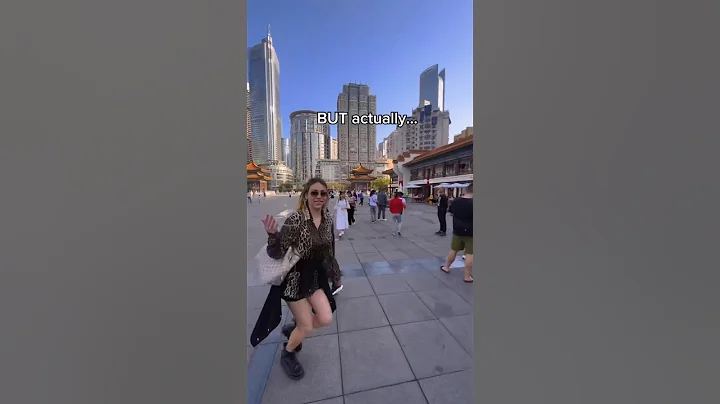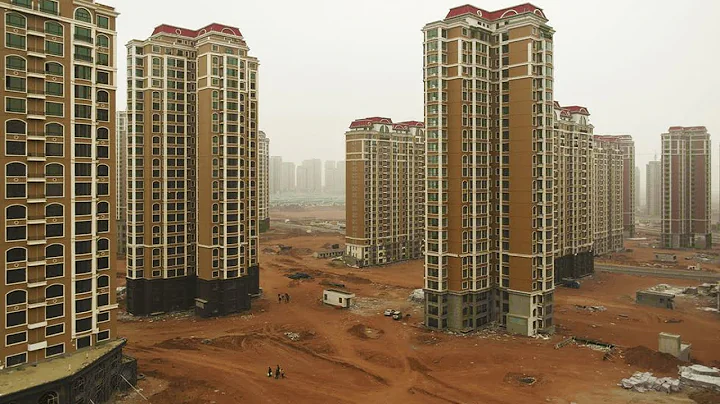
Hello, everyone ~
This is Yinao Cloud Technology Circle , I am Junjun ~
With the continuous development of urbanization in China, the aging of the population is showing an intensifying upward trend, which requires physical and psychological rehabilitation. The number of people continues to increase, and the use of information technology to assist the rehabilitation process has important practical significance.
Domestic scholar Liu Tingting and others published the article "Research on the Application of Virtual Reality in Rehabilitation of Special Populations" in the "Journal of System Simulation " in 2018 by proposing to introduce the virtual agent into rehabilitation treatment. The idea of establishing situational virtual rehabilitation environment by combining somatosensory and voice technology .
In their research, they designed a rehabilitation technology solution based on virtual agents, and discussed it in conjunction with the completed autism rehabilitation game prototype system and the elderly upper limb exercise system , providing a method for smart rehabilitation research and development. new perspective. Let’s take a look below!
Introduction
China's population is aging . As of now, there are more than 230 million people over 60 years old in my country, of which stroke patients have reached 10 million.
At the same time, various special children have also attracted widespread attention. The number of children with autism has increased sharply in recent years. , 1 out of every 88 children in the world has autistic children . There are more than 2 million autistic children aged 0 to 14 in my country.
Virtual reality is a computer technology that can create and experience a virtual world. It uses computer technology to generate a virtual environment with multiple senses such as vision, hearing, and touch. Users interact with the virtual environment in real time by using various interactive devices. .
Virtual reality has begun to be increasingly used in the field of rehabilitation treatment, providing patients with interesting interactions, encouraging patients to actively participate in rehabilitation training, and helping patients successfully complete various boring rehabilitation treatments.
Through and artificial intelligence combined with , patients can realize smart rehabilitation in the virtual environment, which can save a lot of manpower, material resources and time, turn passive rehabilitation into active rehabilitation, and improve the effect of rehabilitation.
This paper, on the basis of reviewing and discussing the existing literature on virtual reality technology in the field of rehabilitation treatment, introduces the concept of virtual agents, and proposes human-computer interaction relying on emotional computing to create intelligent natural The interactive environment provides a reference for further promoting the application of virtual reality in smart rehabilitation.
The application concept of virtual reality technology
In the existing technology applications, it can be found that virtual reality technology plays a positive role in the rehabilitation treatment of special groups of people. However, the behavior of accompanying virtual characters in these systems is relatively simple. is not as intelligent as . It can only perform some basic tasks with limited effects and cannot meet the requirements of complex rehabilitation training systems.
In order to improve the experience effect, the concept of virtual agent can be introduced to expand the intelligence of rehabilitation training.
Virtual agent is a graphical entity generated by a computer, including attributes such as autonomy, reactivity, sociality, emotion, and adaptability. Virtual agents can be virtual characters or anthropomorphic objects. The introduction of virtual agents It can improve the fun of the rehabilitation training system and enhance the user experience.
The overall concept
A smart rehabilitation training can be designed from the following aspects:
1. Establish a virtual environment suitable for rehabilitation training
Combined with the relevant experience of rehabilitation treatment at home and abroad, targeted at rehabilitation subjects in body movements, verbal expressions, emotions Identify rehabilitation needs in aspects such as social difficulties and , and establish corresponding three-dimensional virtual scenes.
2. Establish an intelligent perception method for rehabilitation objects
obtain the current status information of the rehabilitation object through cameras and somatosensory devices, and determine the meaning of expressions and postures through the emotional reasoning model. Reduce the application of wearable devices, reduce users' discomfort, and increase their training interest. Recognize the user's voice input through speech recognition equipment and technology and convert it into text for post-processing.
3. Use virtual agents to enhance the user's emotional experience and achieve the purpose of emotional regulation.
The virtual environment not only includes static scene information , but also includes some virtual agents with rich life characteristics. Intelligent agents with emotional expression capabilities can express emotions through body postures and expressions, respond to user input information, make the rehabilitation training process more interesting, and embody the concept of emotional design.
4. Achieve seamless connection between virtual environment and real environment through Internet of Things technology
With the development of three-dimensional graphics technology , there is no technical problem in creating high-realism virtual environments. Through the Internet of Things technology, the boundaries between the virtual world and the real world are broken, the virtual world is used as an extension of the real world, and a socialized virtual environment-assisted treatment system is created.
Technical Route
The overall design of auxiliary treatment using virtual reality technology for rehabilitation is shown in Figure 1.

Figure 1 Framework design of rehabilitation treatment using virtual reality technology
(1) Virtual environment : The virtual environment of rehabilitation treatment should include scenes, rehabilitation plots and virtual agents. Among them, rehabilitation plot should be written according to the patient's rehabilitation needs. virtual environment can interact with users through human-computer interaction devices, and can detect user input information and provide feedback to user operations. intelligent retrieves rehabilitation plots according to different user situations. Through the Internet of Things, virtual environments can interact with real environments.
(2) virtual agent : The virtual agent has perception ability , and the information perceived by generates corresponding emotions , which affects the corresponding behavior . At the same time, combined with the knowledge base, the agent can reason about the perceived information and adjust emotions and behaviors. Behavior is expressed through actions. These actions include expressions, words, and gestures.
Rehabilitation game prototype
Based on the above ideas, the author designed a three-dimensional virtual reality game prototype for social ability training for autistic children, and a virtual table tennis competition somatosensory game for upper limb exercise for the elderly.
autism game prototype
The game contains an virtual community and the accompanying virtual agent . This virtual community covers typical scenes in daily life, such as fruit shops, barber shops, toilets, etc. Figure 2(a),(b) are screenshots of these scenarios.

(a) Virtual avatar walks to the barber shop (b) Buying fruit in the fruit shop
Figure 2 Screenshot of the autism game prototype
When playing the game, the user can buy fruit in the fruit shop, get a haircut in the barber shop, and go to Public restrooms (helping users identify men’s and women’s restrooms), and interact with others in the community.
A virtual agent is set up in the game to accompany autistic children to explore scenes , complete tasks, and give reminders at appropriate times, as shown in Figure 3. All game interaction information will be recorded and used in to analyze the user's rehabilitation training effect .

Figure 3 The virtual agent reminds the user to complete the task
Upper limb exercise virtual table tennis somatosensory game
In this game, the elderly can exercise their upper limbs by waving their left and right hands to hit the virtual table tennis ball. There is a virtual agent on the upper right side of the screen, which will make different expressions according to the user's return of the ball, making the game more interesting , as shown in Figure 4.

Figure 4 Virtual table tennis game based on somatosensory interaction
The authors of the above two games were tested in autism rehabilitation institutions and nursing homes respectively. The results show that when using games for rehabilitation training, adding virtual intelligence to can help users operate correctly and provide users with a situational virtual rehabilitation environment , which improves users' interest in operation.
Conclusion
Rehabilitation not only refers to the recovery of physical functions , but also involves the recovery of mental state . With the continuous development of information technology, especially the development and application of virtual reality technology, the transformation of rehabilitation medicine to intelligent direction has been greatly promoted.
Based on the artificial intelligence technology , the author of this article introduced the virtual agent and constructed the rehabilitation treatment framework . On this basis, a game prototype for autism rehabilitation and a table tennis somatosensory game for upper limb exercise were designed.
Due to the addition of virtual agents, the training system will be more interesting. Users have a stronger sense of immersion and can better complete training during interaction with virtual agents.
That’s it for today’s sharing. This article mainly introduces several new ways in which virtual reality technology can help special people with rehabilitation training. We hope that this method can be popularized as soon as possible~ to help more special people recover!
Typesetting: Wang Jun
Proofreading: TingZhang Sister Miaojun
References: Liu Tingting, Liu Zhen, Qian Pingan, Xuan Rongrong, Wang Jin, Chai Yanjie. Research on the application of virtual reality in the rehabilitation of special groups [J]. Journal of System Simulation ,2018,30(09):3229-3237.DOI:10.16182/j.issn1004731x.joss.201809001.





















